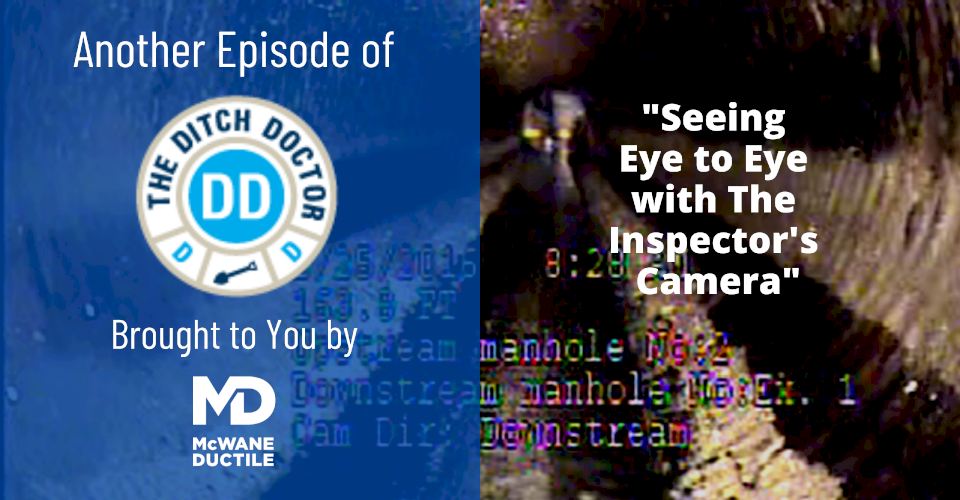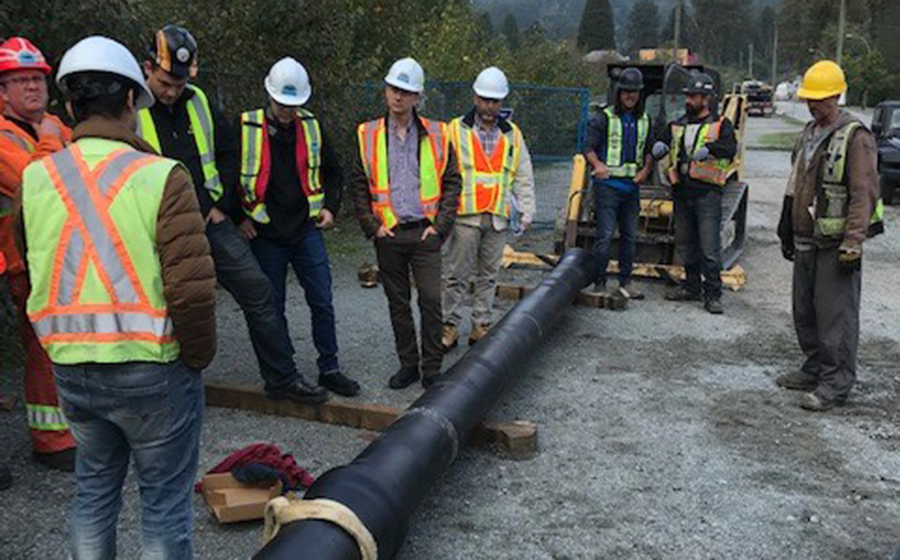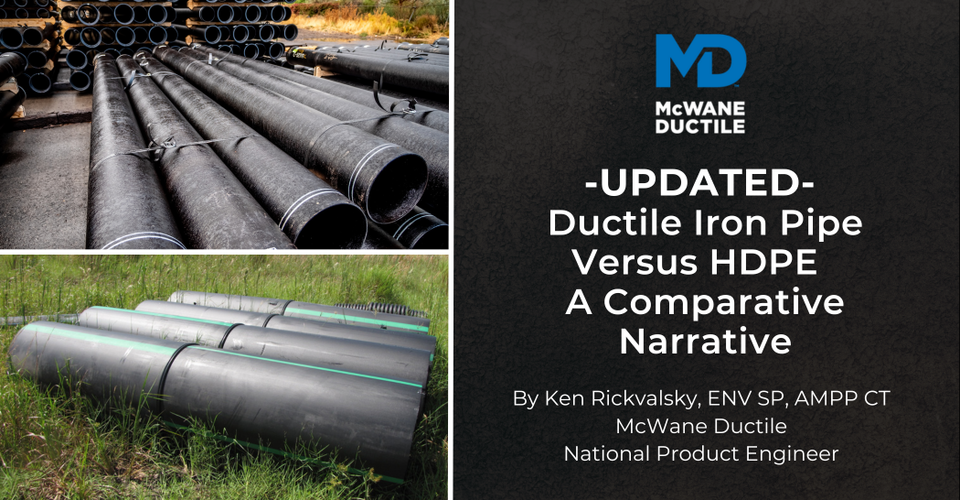Dear Ditch Doctor,
The county engineer is requesting that we dig up and replace sections of a newly installed Ductile iron pipeline as a result of comments or notations made by an internal video inspection camera operator. I've looked over the “issues” he's noted and can't for the life of me make out what he's talking about.
Candy Striping? Voids in the Lining? Gaps in the Joint? WHAT??? It all looks just fine to me. This seems like standard stuff that appears to bother this operator more than the others who have obviously seen similar things in other lines we've built.
However, those other folks said nothing. I've attached a bit of the inspection video below. What should I do from here? This could result in a whole lot of money spent and in a real disruption to newly paved roads for no good reason.
Sincerely,
Spinning in Springfield
Dear Spinning,
Unfortunately, your situation is not so unusual these days. It seems with the growing use of internal inspection cameras on pipelines over the past decade or so, there is just as much misunderstanding of what people are actually seeing versus what really is or is not there.
Bright Lights Cause Big Shadows
The bright lights used by these cameras and the confined spaces in which they are used, along with curved surfaces everywhere, is a perfect recipe for the birth of unintentional misinformation. This is especially true with the small diameter pipes commonly used in many water and sewer systems.
The bottom line is that many camera operators have little or no experience, from a manufacturing perspective, with the products they inspect. This lack of knowledge makes it difficult for them to decipher real problems from false perception.
Stripes and Spiraling are Normal
The "candy stripes" that you mentioned, also called spiraling in the paint or lining, are nothing more than the nature of the beast. Refracted light in a closed space can alter the view of the same thing on different surfaces. In this case, sewer flow remnant striping. Spiraling can be seen in every centrifugally cement-lined pipe, given the right combination of lighting conditions and camera travel speed.
You see, the cement lining is deposited in the pipe by a screw auger traveling the length of the interior while the pipe spins slowly. It is then set in place and smoothed out by rotating the pipe at much higher speeds once the cement delivery lance is removed. This compacts the cement lining to a remarkable degree yet does not diminish the fact that it was placed initially "like a long ribbon." This is the same situation for the seal coat inside and the pipe wall itself.
Should a Ductile iron pipe ever fail (under ridiculously high pressure, etc.), it would fail on the helix (along its unseen seam). This would be very similar to a Pillsbury™ dough cardboard container when you pop it along the visible seam. That's because the molten iron is delivered into the spinning mold inside a centrifugal casting machine.
Don't even get me started on things some call "voids" or "misses" within a pipe. When dug up and examined, these are typically no more than meaningless surface variations in localized places along the lining. These variations cannot be avoided at times, given the cement's fluid nature when placed and set in the pipe.
Save Your Relationship with Your Inspector
To help your bottom line and preserve your working relationship with those who govern your projects, I would suggest involving an outside professional. Such assistance is typically available free of charge from the pipe or fitting manufacturer with whom you deal. That person can help you politely explain the "that's not what you're seeing" situations to the inspector, the engineer, or others. Ask your local salesperson or supplying distributor. They can get you in touch with the person you need.









